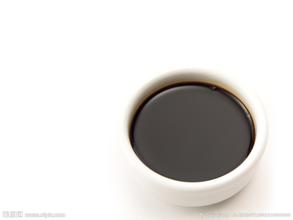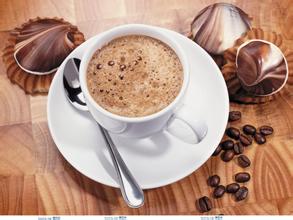The structure of each part of coffee beans-the difference between various coffee beans
The structure of each part of coffee beans-the difference between various coffee beans
1. Caffeine: the right amount of caffeine can stimulate the cerebral cortex, promote sensation, judgment and memory, make the myocardial function more active, dilate blood vessels, enhance blood circulation, and improve metabolic function. Caffeine can also reduce muscle fatigue and promote digestive juice secretion. In addition, because it also promotes kidney function and helps the body expel excess sodium ions from the body, caffeine is excreted in about two hours under the action of diuresis. And the bitterness in the coffee flavor is caused by caffeine.
two。 Tannic acid: after extraction, tannic acid will turn into a yellowish powder, which can easily blend into water. Once boiled, it will decompose and produce pyrosylic acid. If brewed for too long, the taste of coffee will become worse.
3. Fat: fat plays a very important role in the flavor of coffee, and the most important of which are probably acidic fat and volatile fat. The so-called acidic fat, that is, fat contains acid, its strength will vary according to the type of coffee. Volatile fat is the main source of coffee aroma, it is a very complex and subtle thing that emits about 40 aromatic substances.
4. Protein: the main source of calories, which is not high in percentage terms. The coffee liquid brewed out like dripping and filtering is limited because most of the protein will not be dissolved.
5. Sugar: coffee beans contain about 8% sugar. After baking, most of the sugar will be converted into caramel, making the coffee a brown caramel, which subtly combines with tannin to produce a slightly bitter sweetness.
6. Extract: about 1/3 of baked beans.
7. Minerals: lime, iron, phosphorus, sodium carbonate.. And so on, but because the proportion is very small, it does not affect the quality and flavor of coffee.
8. Crude fiber: the fiber of raw beans is carbonized when roasted, and the caramelization of carbon and sugar combine to form the hue of coffee.

Important Notice :
前街咖啡 FrontStreet Coffee has moved to new addredd:
FrontStreet Coffee Address: 315,Donghua East Road,GuangZhou
Tel:020 38364473
- Prev

Description of roasting Flavor of Mocha Coffee beans in Yemen
Description of roasting flavor of Yemeni mocha beans taste treatment method cappuccino coffee is introduced in the manor of Yemeni mocha: in the early 20th century, the Italian Azibucha invented the steam pressure coffee machine, but also developed cappuccino coffee. Cappuccino is an Italian coffee mixed with the same amount of Italian espresso and steamed milk. The color of the coffee at this time, like
- Next

Flavor description of Coffee Bean Red Wine; introduction of varieties produced by taste treatment
Flavor description of coffee bean red wine treatment method varieties of red wine produced by the method of taste treatment as for the description of the difference between water and no water in red wine treatment, the editor is still in distress. The above contents still need to be considered. I hope you will discuss the next step and talk about the specific process of fermentation. First of all, Colombian farmers picked and selected coffee cherries carefully.
Related
- Guji coffee producing area of Guji, Ethiopia: Humbela, Shakiso, Wulaga
- What is the most expensive variety of Qiloso in BOP multi-variety group?
- How to store the coffee beans bought home?
- Why are Yemeni coffee beans so rare now?
- Ethiopian Sidamo all Red Fruit Sun Sun Santa Vini Coffee beans
- SOE is mostly sour? What does it mean? Is it a single bean? what's the difference between it and Italian blending?
- Is Italian coffee beans suitable for making hand-brewed coffee?
- How to choose coffee beans when making cold coffee? What kind of coffee beans are suitable for making cold coffee?
- Just entered the pit to make coffee, what kind of coffee beans should be chosen?
- Can only Japan buy real Blue Mountain Coffee? What are authentic Jamaican Blue Mountain coffee beans?

